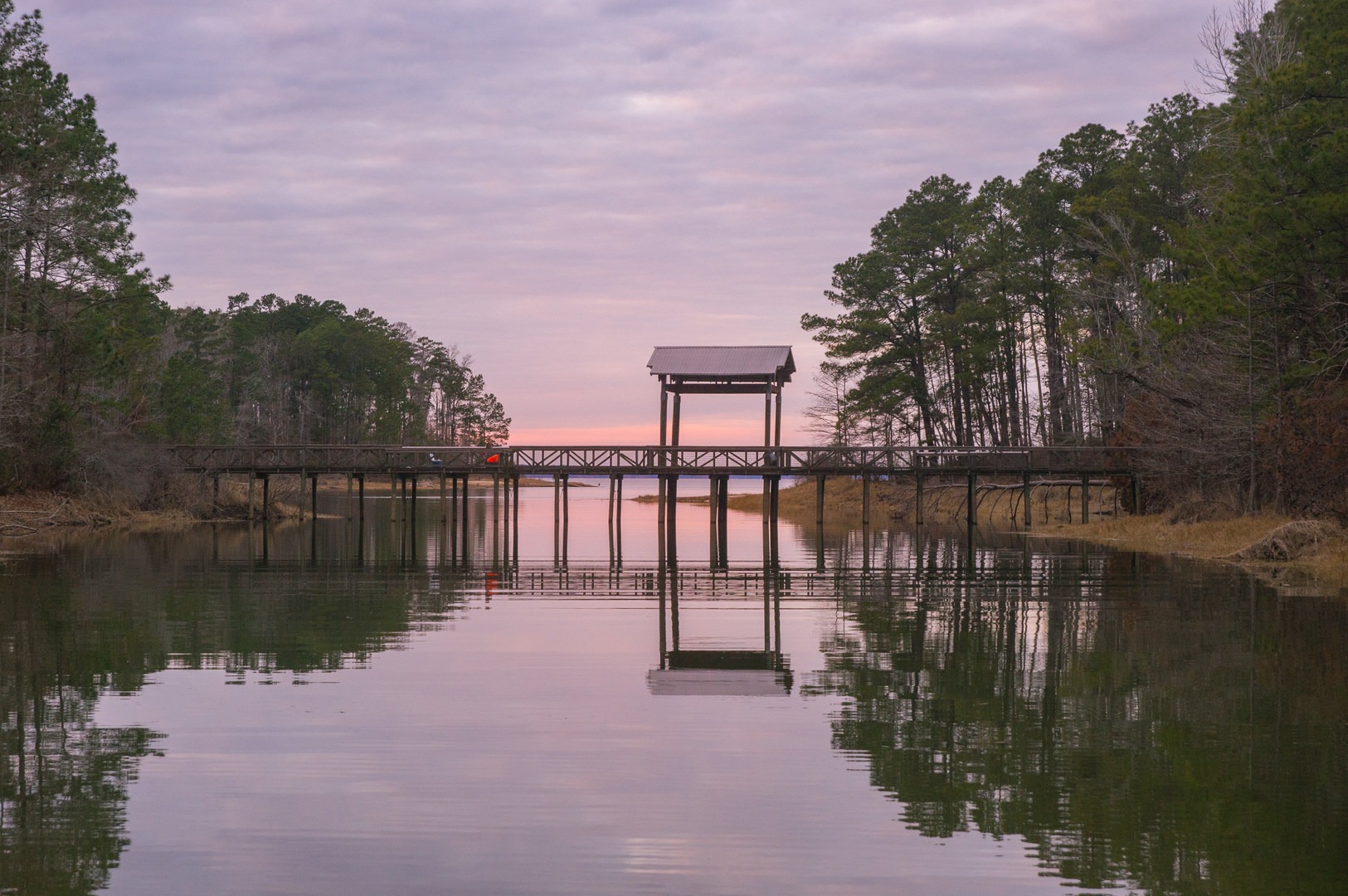You are here
The Bayou State is much more than the shining city at mouth of the Mississippi. This year, the great state of Louisiana comes together to celebrate the 300th birthday of its cultural and historical epicenter, New Orleans—a city older than the Union itself. Like the frontier in American history, there is no population unaffected by the place where it grows and evolves, and Louisiana is no exception. Where is the seer without the swamp? The fishers without the mighty waters that feed them?
In the South, where America’s mightiest river empties its contents into the sea, land and water meet in perpetual exchange, a place created by the deposits of North America driven downriver by a relentless and perpetual torrent. Hardwood cypress, oak, ash, gum, and elm tower over streams so full that they stagnate against the rising tide, where bottomland swamps still teem with life, the riverine home of the American alligators and crocodiles, hundreds of species of birds, and the endangered Louisiana black bear. In these waters are crawfish herds and catfish that make Louisiana famous.
Louisiana’s southern landscape hosts wildlife refuges, swamp tours, and wetland walks. The Cajun Coast, for one, is striated with waterways, and among them are the Cajun Coast Paddling Trails, seven water routes traveling through more than 170,000 acres of protected wilderness. These rich ecosystems are home to some of the best birding in Louisiana, including the black-bellied whistling duck, the roseate spoonbill, the swallow-tailed kit, yellow rail, red-cockaded woodpecker, and many more. The region of Black Lake, Grand Lake, and White Lake host birding sanctuaries at Peveto Woods, Sabine National Wildlife Refuge, Cameron Prairie, and Lacassine.
In the Louisiana northland rises a landscape of forest and prairie where longleaf pine abounds amid orchid and carnivorous plants. The highest point in the state is here: Driskill Mountain, a humble 535 feet, offering views over the north Louisiana woods, lined with wildflowers in the spring and summer. On the banks of the Mississippi north of Baton Rouge, Tunica Hills is a rugged ridge-scarred landscape of upland hardwood where flowering magnolias bloom amid the rarest of Louisiana plants, two of which bloom nowhere else in the state. Just farther north, Sicily Island Hills is one of the few places in the state to witness waterfalls. A rarity in the Bayou State, unnamed waterfalls cascade up to 20 feet, including at least two that persist year round.
In the heart of Louisiana is its only national forest, Kisatchie, boasting more than 600,000 acres spread across five ranger districts that represent much of Louisiana’s geographical diversity. The state’s best backpacking is found here, where the Backbone and Caroline Dorman trails can be connected to create a 24-mile hike. The Kisatchie is open to hunting, fishing, camping, and more, including the Hayes E Daze Ranch Outfitters, the forest’s certified horseback guides and outfitters. Not at a loss for archeological significance, either, Louisiana has been occupied by people for more than 10,000 years, and Wolf Rock Cave in the Kisatchie is one of the earliest known rock shelters to be used by its early people.
Louisiana is in perpetual flux between the water, the waves, and the land that rises to the north. It formed slowly over 250 million years in which continents spread and seas rose and fell. It is a land deposited over the expanse of geologic time, rising slowly out of the sea without ever truly leaving it. It is the Mississippi River, Lake Ponchartrain, the bayou, the swamp, and the cypress. Come find an adventure to feed your soul in Louisiana's great outdoors.





Comments
Sign In and share them.